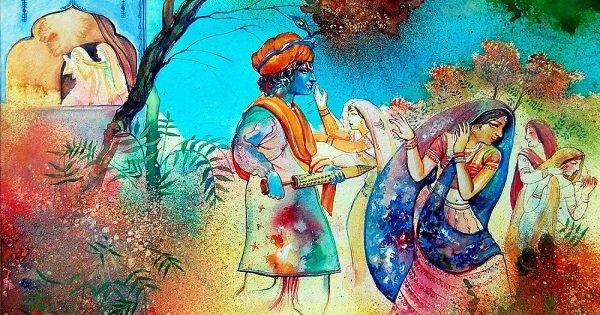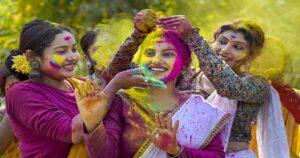Every year, months before autumn, Kumortuli in Kolkata comes to life. Artists and idol makers start shaping idols for the festival, the high point in every Bengali’s year, Durga Puja. These are the idols that are going to come to life and be witness to countless prayers, tears, smiles, appreciation, and laughter.
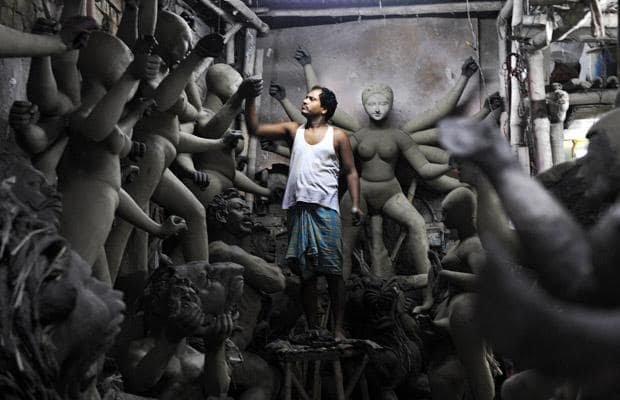
Ironically, these kumars are the god makers, the ones who birth the idols, which are then “brought to life” by a priest during the five-day festivities. Much effort goes into making these idols for Durga Puja: the weather needs to be right for the idols to dry, the designs need to be contemporary, yet traditional, and the artists deal with multiple orders from all over the country with a strict delivery deadline.
But it all starts with collecting the clay for the idol to be prepared.
The clay is brought by a boat down the river Hooghly from Uluberia, a village near Calcutta, because this clay is ideal for being shaped into idols. It is a ritual in itself. But the banks of river Hooghly aren’t the only place where clay is collected from.
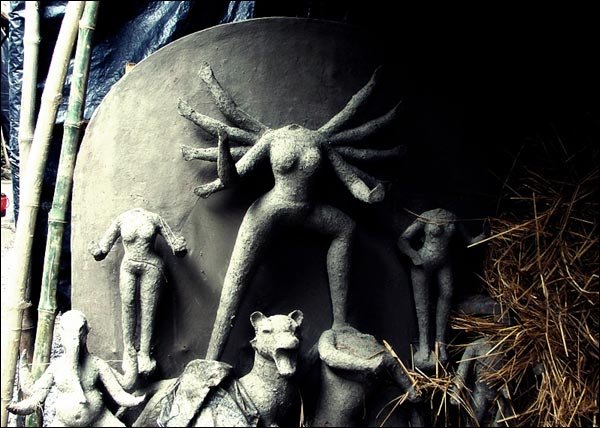
Thanks to Sanjay Leela Bhansali, and a flawless delivery by Madhuri Dixit, the world was made aware of a ritual that many Bengalis are still trying to reason out. That where Ma Durga’s idol for the Pujo needs to be made from a mixture of cow urine, cow dung, and punya maati (blessed soil).
Which is to be collected from nishiddho palli, forbidden territories.
A backyard of a prostitute’s house.
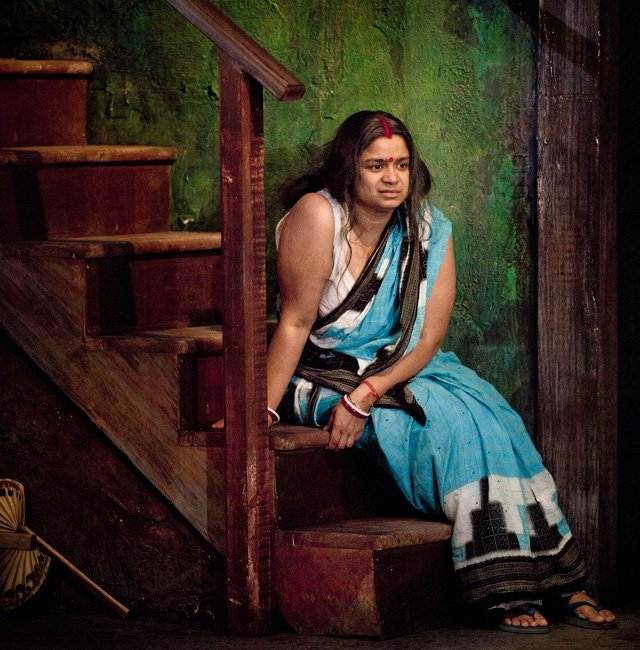
A twist of fate, an ironic turn, poetic justice, or a marker of society’s hypocrisy, whatever you want to call it, the ritual has been observed for many years and no-one has been able to trace it back to its origin.
In recent times, the kumars have started going to the brothels themselves to ask for the clay. But traditionally, it is the priest who must go to a prostitute’s house and beg for punya maati to be used to bring Durga to a form. If the sex worker refuses, the priest must continue to beg until she relents. When the clay is being collected and handed over, vedic chants are recited by the priest.
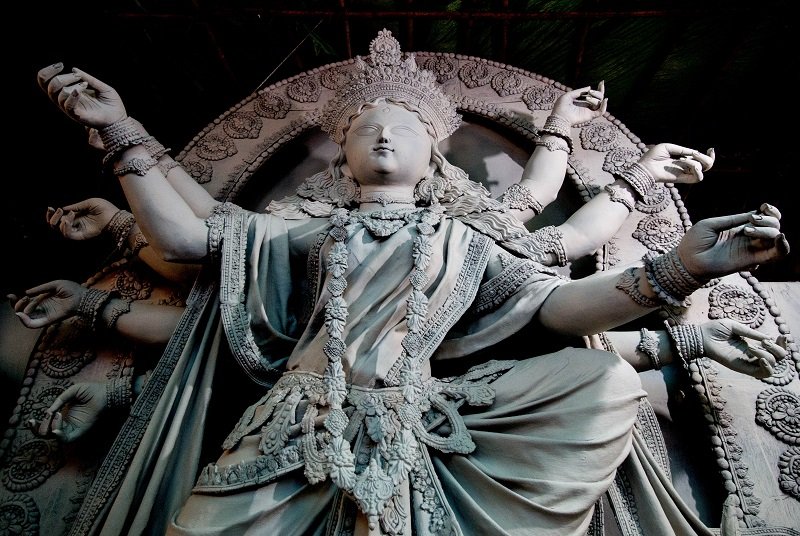
Inclusion is a principal aspect of Durga Puja, which is why it is called sarbojonin – everybody’s. One of the reason for this dramatic ritual might be the inclusion of every strata of the society in the festivities. It makes sense then that this act is a way to include a stratum of those women of the society who suffer not only at the hands of fate but also the society.
Durga doesn’t discriminate.
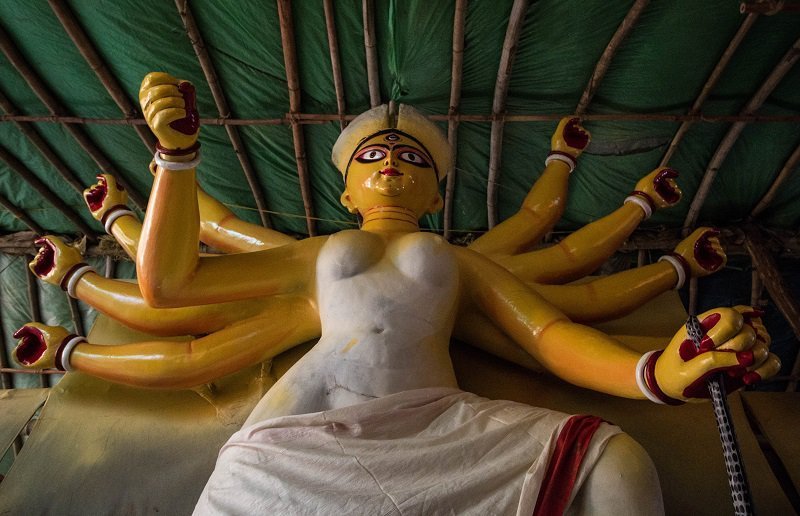
Many believe that the soil is considered “blessed” because the men who visit these “forbidden territories” leave behind their virtue and piety at the doorstep to enter the world of sin. The soil then imbibes all that virtue and becomes blessed. In all honesty, that sounds like yet another idea used to feed the male ego and give a boost to the male-dominated society.
Another theory corroborated by our vedas is that nine classes of women known as Navkanyas are to be worshipped, revered during Durga Puja. A nati (dancer/actress), a vaishya (prostitute), rajaki (laundry girl), a brahmani (Brahmin girl), a shudra, a gopala (milkmaid): such are the women of known as Navakańyās. The Puja is incomplete if these women are not honoured during the celebrations.
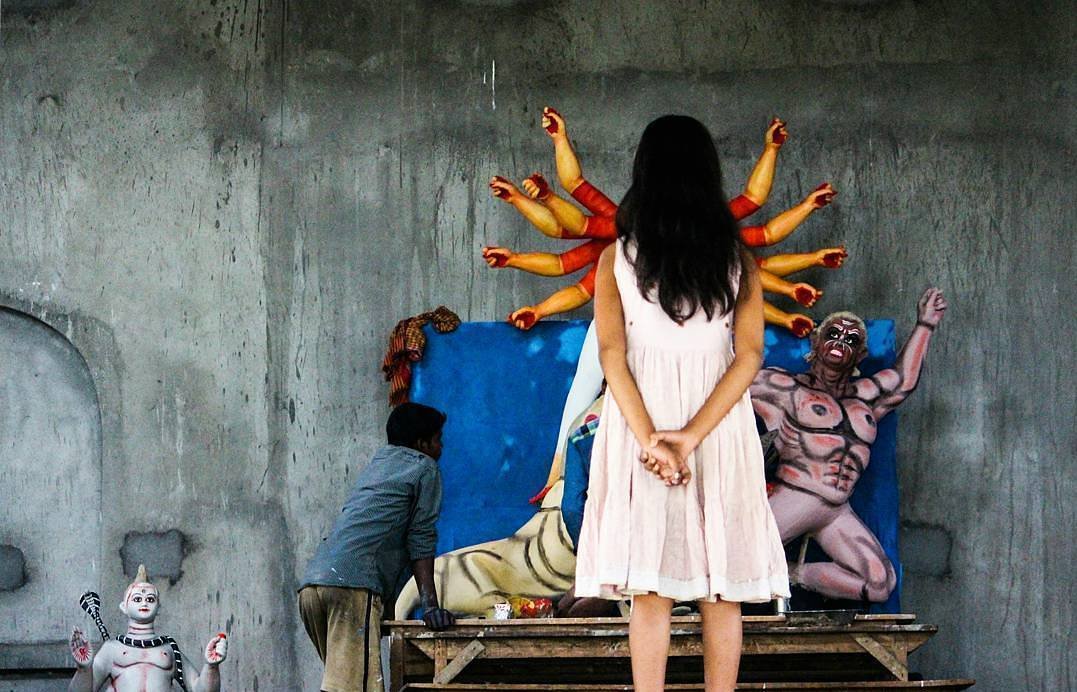
Symbolically, it gives me goosebumps to think that the most powerful woman in Indian mythology is incomplete if it weren’t for the women who are looked down upon by the society. The priests believe that during the fight, Mahishasur made attempts to molest Durga who was the most beautiful woman ever. But an enraged Durga destroyed the asur. Thus, this ritual is an act of paying respect to womanhood, to the women who bear the brunt of harsh words and prejudice of the society.
It reminds us that every woman can be a Durga.
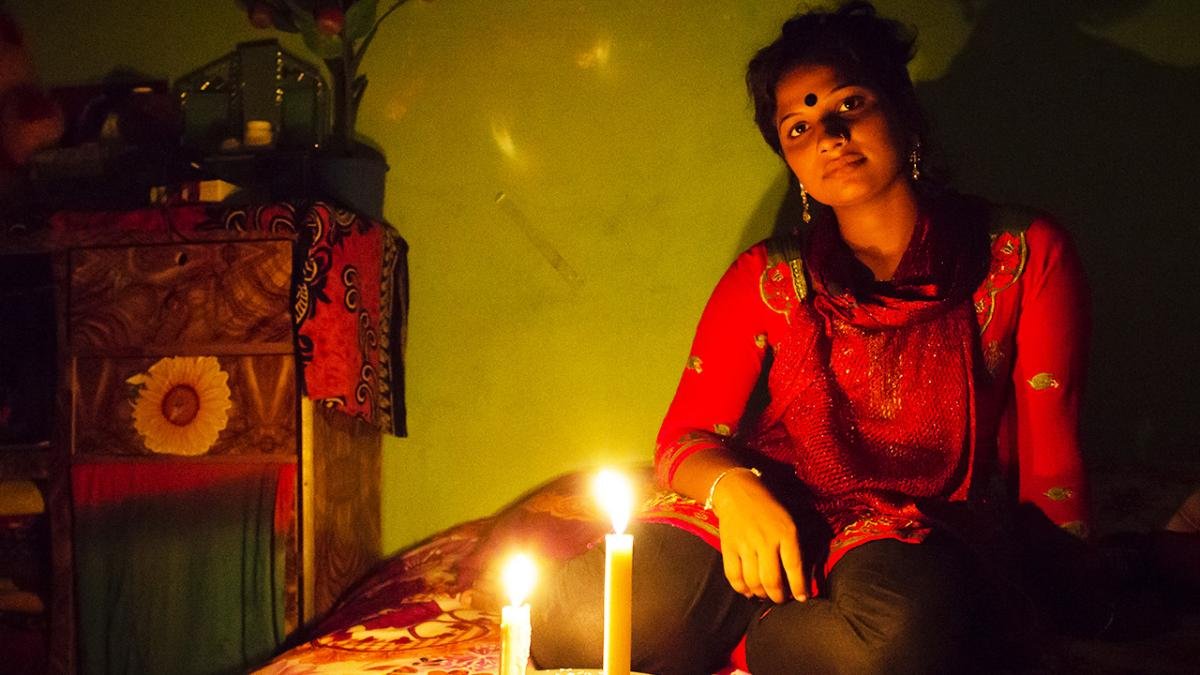
If that isn’t a message enough, what is?
It is high time we pay heed to the fact that woman, no matter what strata of the society, what class, what walk of life she is from… are to be respected, revered and honoured. Let this ritual not be an act of tokenism, let it be a reminder that even if you might think a woman is not virtuous, she has a Durga within.





